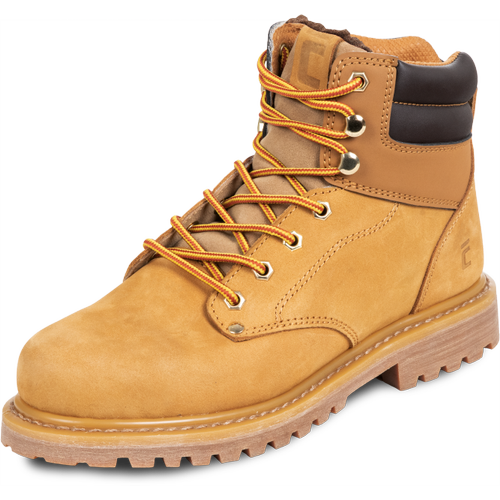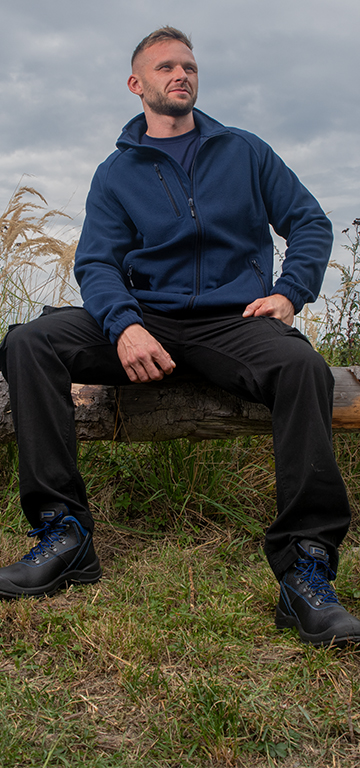
Getting Dressed for Cold Days
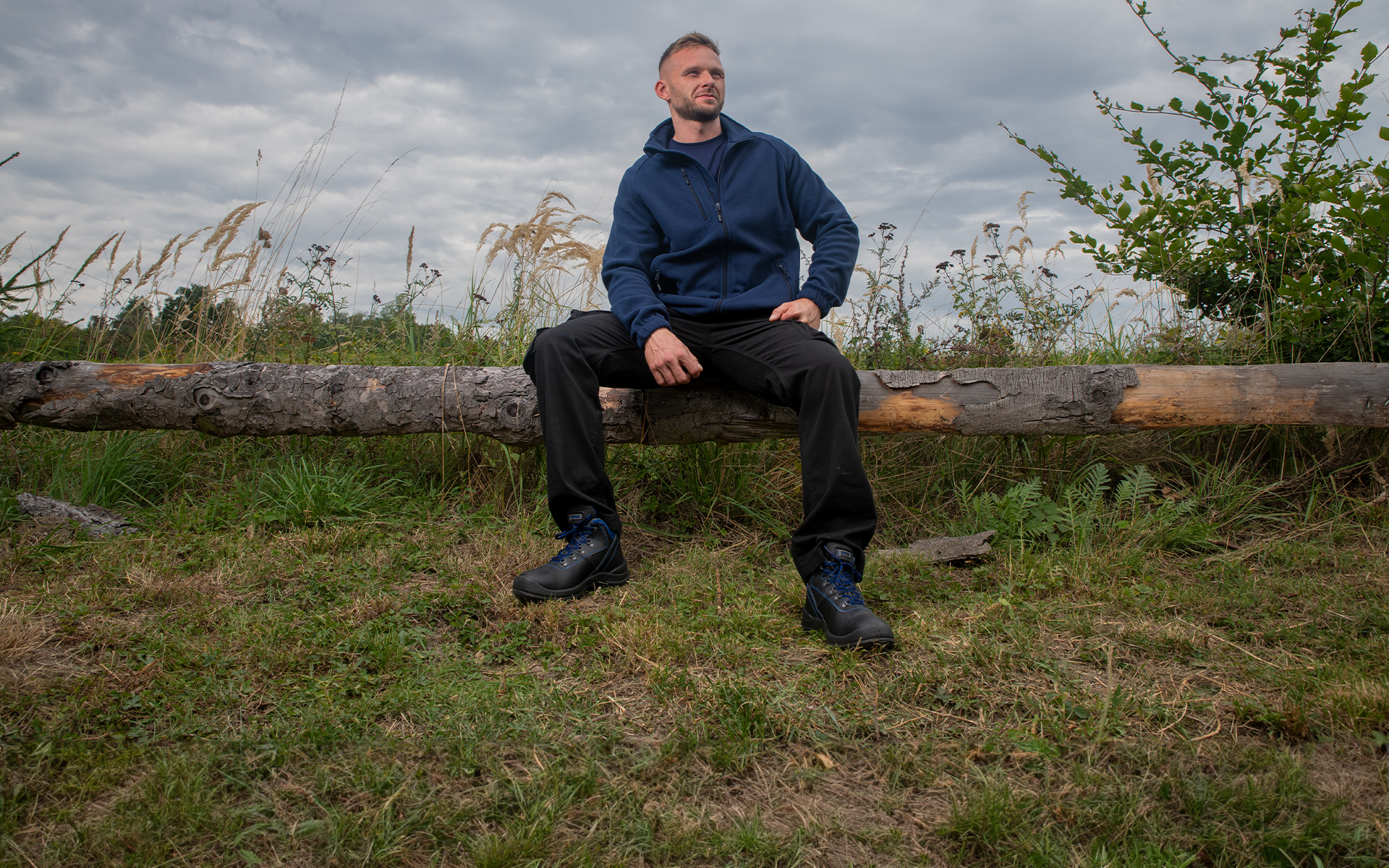
Getting Dressed for Cold Days
As Indian summer transitions into autumn, it's time for harvesting, leaf-raking, and preparing wood for the winter. The vibrant outdoors also invites leisurely walks and bike rides. So, seize the moment! However, don't underestimate the importance of the right attire to tackle the unpredictable autumn weather. We're here to guide you on staying warm and comfortable even on damp and windy days.
Mornings often greet us with a chilly mist, but as the sun emerges, it can unleash intense warmth. This means you'll find yourself sweating while working in the garden or exploring nature. Autumn is synonymous with brisk winds and various forms of precipitation, ranging from light drizzles to heavy downpours. How do you safeguard yourself against these elements? The key is to layer your clothing, with each layer serving a specific protective function. Additionally, ensure the outermost layer is water and wind resistant.
Your Second Skin
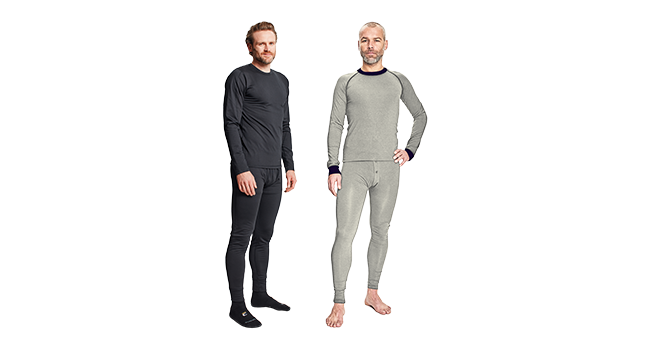
Your Second Skin
The cornerstone of thermal comfort lies in high-quality functional underwear. It should effectively wick away sweat and moisture while retaining warmth. Opt for functional t-shirts made from materials like polypropylene, polyamide, bamboo, soy, merino wool, or tencel. There are also mixed materials with excellent breathability and low absorbency, often marketed under trade names such as CoolMax, Thermolite, or Polartec. If you anticipate sweating during work or a trip, steer clear of cotton t-shirts. Cotton tends to dry poorly, and in chilly conditions, a sweaty t-shirt can lead to catching a cold.
Protection from the Cold
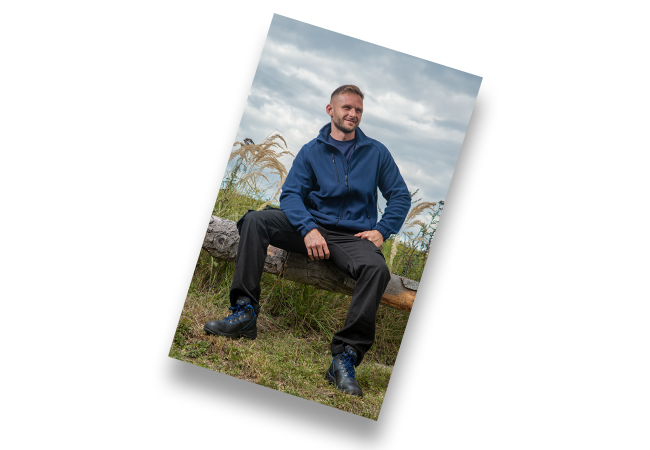
Protection from the Cold
Autumn weather calls for a reliable sweatshirt or sweater. For outdoor work and activities, opt for a sweatshirt with a zipper for easy ventilation when you start to feel warm. The hood will keep your head cozy when the wind picks up, and a high collar can prevent a sore throat after a day in the garden or woods. Sweatshirts, sweaters, and vests are often crafted from fleece knit. This fabric maintains a thin layer of air between individual fibres, enhancing the clothing's insulating properties. It should also provide protection from external cold and prioritize breathability. Fleece knit is a commonly used material for second-layer clothing, offering excellent moisture-wicking properties and defence against drafts. Merino wool also boasts exceptional insulation, in addition to being antibacterial compared to synthetic fleece, ensuring it remains odour-free even after a strenuous day. However, be prepared for a higher price tag. Choose a sweatshirt that fits comfortably without rolling up on your back, even when you're bending over during work.
Shielding from Rain and Wind
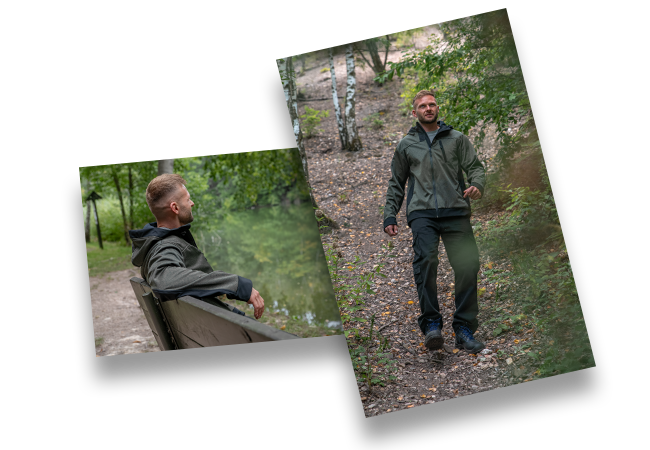
Shielding from Rain and Wind
On sunny autumn days, a t-shirt and sweatshirt might suffice for outdoor activities. However, as the sun sets and temperatures drop, consider adding an insulated vest for an extra layer of warmth. But what about gloomy, chilly, windy, or rainy days? A softshell jacket is a reliable choice. Softshell garments are wind resistant, breathable, flexible, and allow for unrestricted movement. As for rain protection, the membrane surface treatment enhances a softshell's resistance to moisture, albeit at a slight cost to breathability. Softshell without a membrane offers partial water resistance thanks to impregnation, alongside excellent breathability, and wind resistance due to its tight weave. A softshell jacket will keep you dry during brief showers or light drizzles. However, in the event of a heavy downpour, a softshell won't suffice. For the best protection against getting wet, opt for waterproof clothing with a high water column and taped seams. During dull weather, the high-visibility design of such clothing will enhance your safety.
From the Waist Down
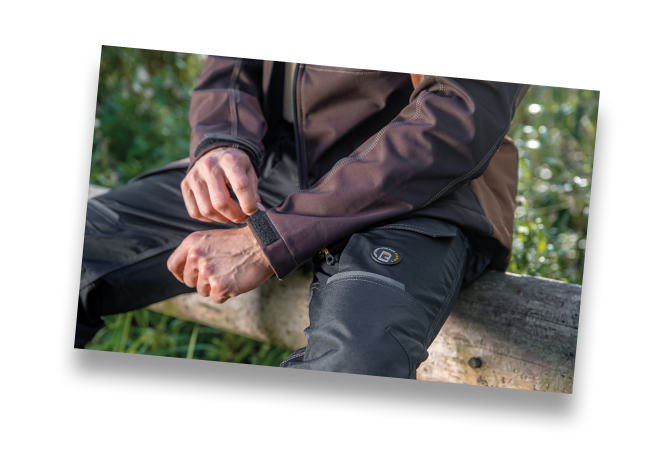
From the Waist Down
Now that you know how to dress the upper half of your body, let's focus on your legs. Classic work trousers, with or without bibs, prove invaluable for gardening. They typically feature practical pockets and loops for your tools, ensuring everything you need is in you reach. For more comfortable kneeling work, consider a model with reinforced knee sections, or pants with slots for gel knee pads. Within CERVA's range, you'll also find models with detachable legs, easily convertible into shorts. Work trousers are typically crafted from durable, breathable materials with added elastane to facilitate unhindered movement. Planning a trip? Opt for comfortable hiking pants with a relaxed fit that won't constrict or irritate. For pleasant weather outings, lightweight and breathable trousers are key. On colder days, once again, you'll appreciate the trusty softshell. What practical features should you look for in hiking pants? Ample zippered pockets, detachable legs, or securing hooks to fasten the pant leg to your shoe, preventing it from rolling up.
Proper Footwear
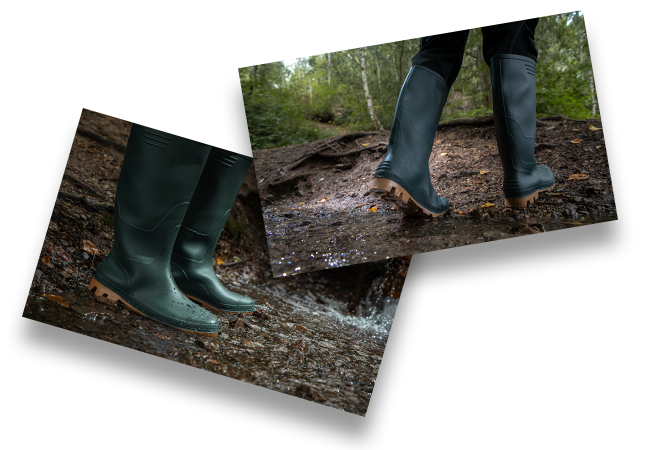
Proper Footwear
When working in the garden, there are numerous hidden hazards to be mindful of. Sturdy work shoes are your best defence against them. It's a common mistake for enthusiastic gardeners to wear slippers or old trainers and later be surprised by foot injuries. Instead, invest in high-quality ankle boots with reinforced toes and puncture-resistant soles. With these, your feet will be shielded from falling branches, stones, rake prongs, and other sharp objects. When selecting, pay close attention to breathability and waterproofing. In muddy and rainy conditions, wear high boots with an insulated lining.
Keeping Hands Safe
Never underestimate the importance of hand protection. When working in the garden, gloves serve to shield you not only from injuries but also from dirt and soil-borne bacteria. On colder days, they also provide an extra layer of warmth. Choosing the right size is crucial. An overly large glove will hinder your dexterity, while one that's too small won't adequately protect your wrists. Material matters too. Choose leather gloves when digging, raking, pruning bushes, handling heavy loads, or splitting wood. With leather gloves, you'll be safeguarded against blisters, calluses, and splinters. If you're using a saw, opt for knitted gloves made from amide fibre. These offer protection against cuts and heat, making them suitable for tasks like burning leaves or wood. Anti-slip polyester or cotton gloves are handy for tasks like raking leaves, peeling, and planting. Seamless dipped gloves find wide application due to their ample hand protection, excellent grip, and non-slip properties.
